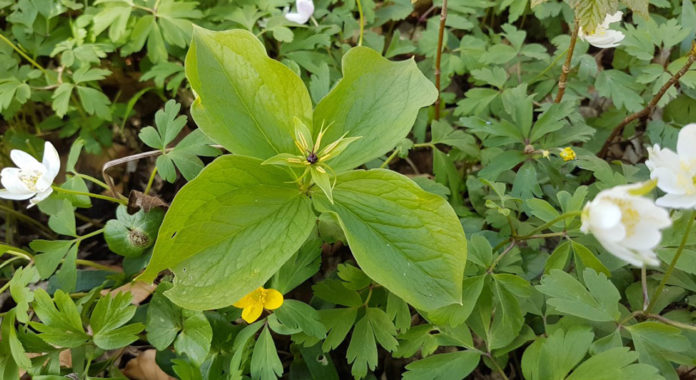Photosynthesis is the process through which plants nourish themselves. In this process, plants use solar energy to convert water and atmospheric carbon dioxide into oxygen and sugars.
The long and established understanding is that green plants feed solely on their photosynthesis.
But, not always!
A new study has tested this conventional understanding and found that some plants also collect vital carbon by way of fungi living in their roots.
Fungi are part of a vast underground network of fungi—the Wood Wide Web. Plants use these fungi to collect a significant amount of their carbon from other plants while performing photosynthesis.
The findings are demonstrated on herb-Paris (Paris-quadrifolia) and white anemone. Based on their findings, scientists suggested that roughly 40% of all plant species have their photosynthesis supplemented by carbon compounds transmitted via fungi to their roots.
Hanne N. Rasmussen, a senior researcher at the University of Copenhagen’s Department of Geosciences and Natural Resource Management, along with her German colleague, launched a study to reveal the origin of the carbon found in the leaves in several common forest floor herbs, including herb-Paris and white anemone. The new knowledge gained from their study has caused a stir in the scientific world.
Since years, scientists are working with orchids, where it has been suggested that orchid plants supplement photosynthesis with carbon from fungi via their roots.
This new study now suggests that not only orchid, plants such as white anemone, together with a nearly omnipresent type of mycorrhiza, supplement photosynthesis with carbon from fungi via their roots.
This study is conducted by the University of Copenhagen and the University of Bayreuth.
Journal Reference:
- Philipp Giesemann, Discreet heterotrophs: green plants that receive fungal carbon through Paris‐type arbuscular mycorrhiza. DOI: 10.1111/nph.16367
